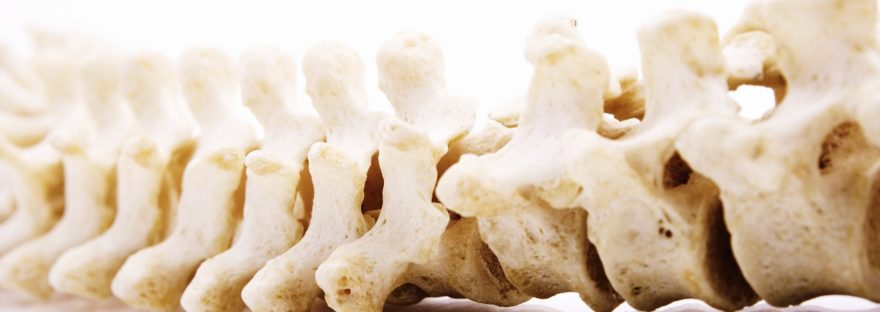I know the word… but what is it exactly?
If you have ever been diagnosed with sciatica you know how absolutely debilitating it can be. The intense, shooting low back and leg pain coupled with sensations of numbness, tingling, or weakness can make life miserable for even the happiest of people. “Sciatica” is a term that most people are familiar with but many are unclear as to what it actually refers to. So what exactly is sciatica?

Sciatica is a term used to describe intense pain originating in the low back and down into the leg and foot. Left untreated, sciatica may cause constant buttock or leg pain coupled with sensations of numbness, tingling, or muscle weakness in the legs or feet. These symptoms can be the result of many different conditions ranging from those considered more serious (e.g. spinal trauma such as fractures, certain cancers, or spinal cord compression) to those which are more easily treated such as disc herniations, muscle tightness, joint dysfunction, or nerve entrapment. It is only after a thorough history and physical examination that a correct diagnosis can be made and the severity of the condition and prognosis can be determined. Radiographs (e.g. xrays) or advanced imaging such as MRI are sometimes required to make the proper diagnosis. The main takeaway message is if you’re experiencing any of the symptoms associated with sciatica, they should never be ignored and you should be evaluated by a professional!
www.spine-health.com/blog/my-pain-sciatica-or-something-else
Treatment for Sciatica
So, now that we know what sciatica is and what can cause it, what can be done to fix it? The good news is that while symptoms associated with sciatica can be irritating and painful, oftentimes they can be successfully managed through conservative treatment alone. If it is determined that your back or leg symptoms are the result of a non-surgical condition such muscle tightness, joint dysfunction, or sciatic nerve entrapment, there are many options for treatment. Spinal adjustments performed by a chiropractor can help restore joint mobility and alignment while Active Release Techniques (ART®) can address most soft tissue components of sciatica by releasing tight muscles, breaking up fibrosis (scar tissue,) and helping free entrapped nerves. ART® and chiropractic adjusting powerfully complement each other by addressing both the joint and muscular components which are responsible for causing many common painful back and leg conditions. Supportive therapies such as massage therapy and acupuncture may also be beneficial for helping to decrease muscle tightness and pain.
 The number one question I get asked when first treating a patient with sciatica is “how long is it going to take for this pain to go away?”. The great news is that sciatica tends to be self-limiting condition. The vast majority of cases usually resolve within a matter of a few weeks to a month. After the initial phase of care complete and the intense pain has decreased, I usually encourage patients to begin a program of exercises designed to help strengthen spinal muscles, improve core strength, and increase spinal mobility. To help prevent future recurrences, a thorough overview and correction of ergonomic and lifestyle factors (ex. workplace activities, posture, physical activity) which may have contributed to the sciatica developing is also highly recommended.
The number one question I get asked when first treating a patient with sciatica is “how long is it going to take for this pain to go away?”. The great news is that sciatica tends to be self-limiting condition. The vast majority of cases usually resolve within a matter of a few weeks to a month. After the initial phase of care complete and the intense pain has decreased, I usually encourage patients to begin a program of exercises designed to help strengthen spinal muscles, improve core strength, and increase spinal mobility. To help prevent future recurrences, a thorough overview and correction of ergonomic and lifestyle factors (ex. workplace activities, posture, physical activity) which may have contributed to the sciatica developing is also highly recommended.
Ultimately, in most cases sciatica is usually a temporary inconvenience. With a proper diagnosis and correct treatment, you’ll be back to normal in no time at all.

Written By Mark Butkus


